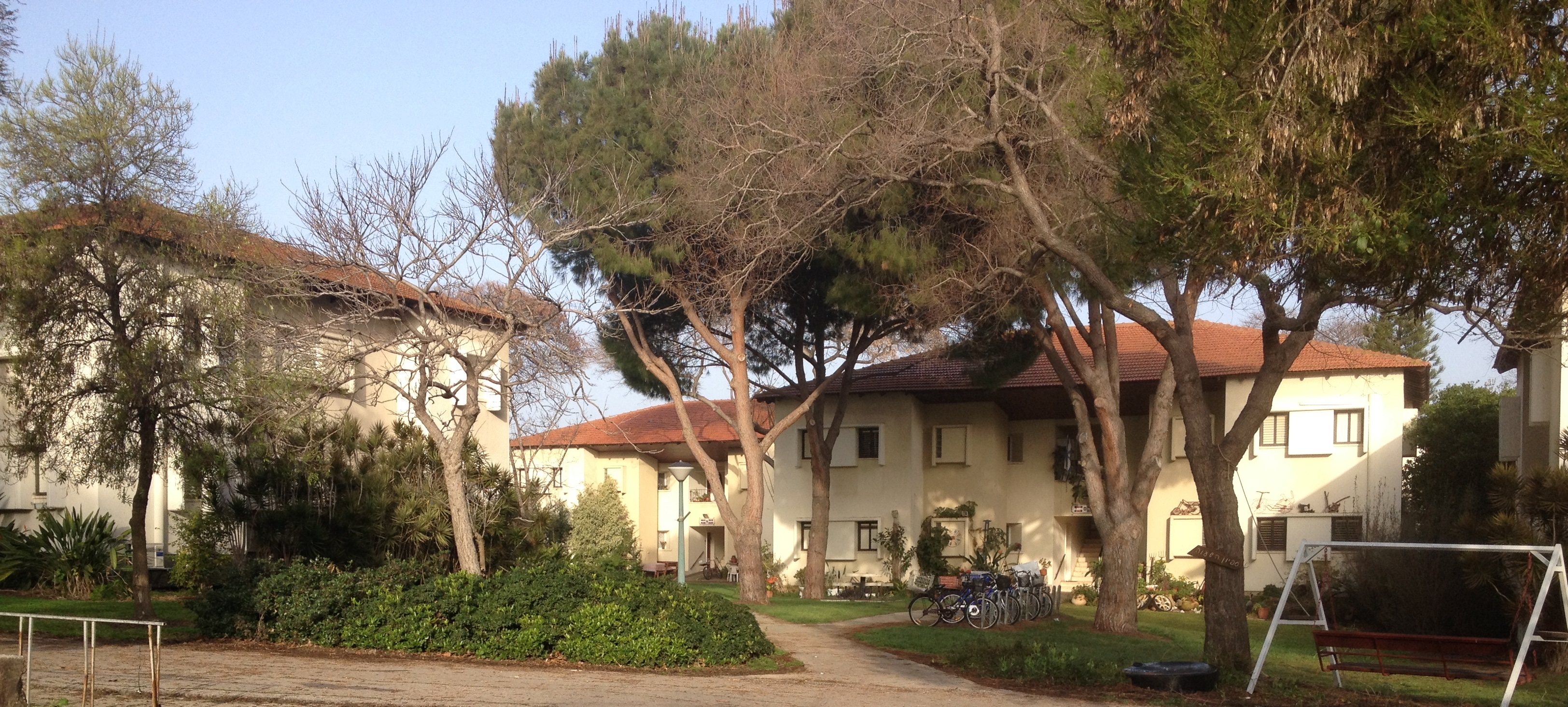
The promotional style of Model Two specifically addresses the problem of getting the client to accept and implement a suggestion. Emphasis is placed on actively selling the advice being given. A practitioner uses persuasion (charismatic power) and even a touch of “snake oil” salesmanship to get over the idea. He or she may call on the endorsement of someone who is well known in the field or describe a successful program at a comparable (and often competitive) institution.
To insure the implementation of an idea, the practitioner who makes use of promotional strategies may encourage the client or other significant people in the organization to endorse the project, or the practitioner may begin publicizing the project elsewhere in the community, thereby increasing informal pressure on the client or leader to follow through on the project. At other times, the practitioner may suggest that external funds will be forthcoming if the organization can enact the project on its own, initially, or that in initiating this project, the organization will gain a reputation that draws customers.
A third way of enacting Model Two change is through instruction. To be effective in the presentation of theory and principles, one helps the client “internalize” the material presented so that it becomes a source of guidance that is of personal value and use rather than being nothing more than a lovely theory. This internalization is made possible by first collecting information about the client. A practitioner then gears his or her presentation to the needs and conceptual framework of the client.
Behavior modification is occasionally appropriate as a Model Two style and differs from instruction in that the practitioner does not tell the client what he or she should do, but rather influences and controls the reward system so that the client will perform as desired. Behavior modification is often useful in eliminating annoying mannerisms or debilitating habits. A related tool, progressive desensitization, can be used to reduce a client’s level of anxiety about a specific task or event.
A fifth way in which Model Two change can be enacted is through evaluation. In many instances, the only way in which a client system will give a Model Two practitioner enough time and resources to get acquainted with the system is to bring the consultant in as an evaluator. As a consultant-evaluator, one can collect, analyze, and feed back information about an organization before providing a series of recommendations regarding the program or procedure being evaluated.
The sixth style of Model Two practice, linkage, has been given considerable attention in recent years. Organizational consultants can link a client with other people and resources that are appropriate to his or her needs and styles. To be an effective linkage agent, the consultant must know the client’s strengths and weaknesses. This requires an emphasis in the practitioner’s work on information collection, analysis and feedback. As in the case of instruction and evaluation, linkage requires that a practitioner become fully acquainted with the client system before advocating a specific change. Even the prescriber, promoter, and behavior modifier must, of course, be very knowledgeable about their client if they are to do an effective job.








